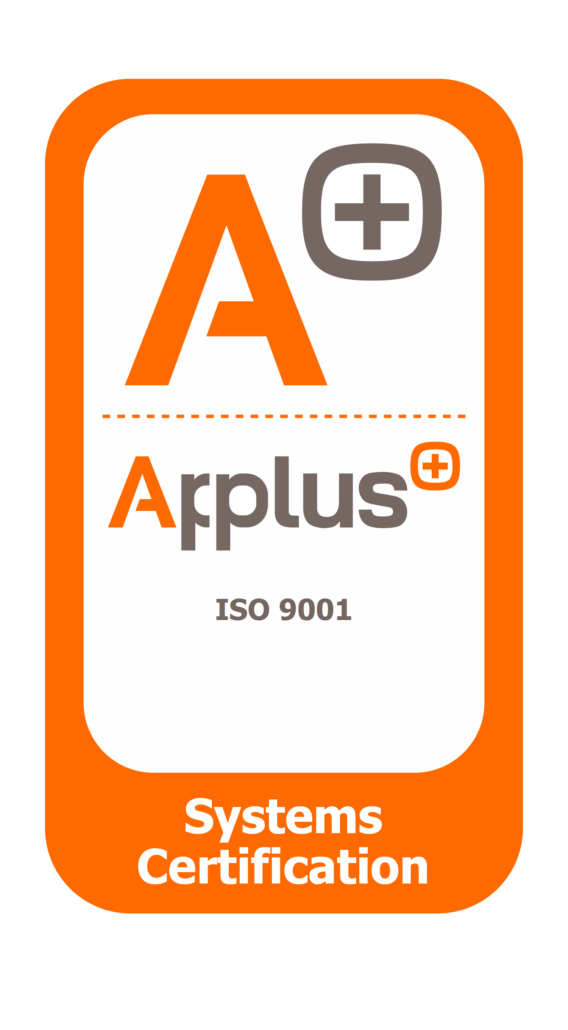The Rise of Smart Farming
Smart farming is revolutionizing the agriculture industry by integrating IoT (Internet of Things) technology with traditional farming methods. With real-time data collection, automation, and predictive analytics, thethings.iO helps farmers to increase productivity, reduce costs, and adopt sustainable practices.
Key Benefits of IoT in Agriculture
Improved Crop Monitoring and Management
IoT-enabled sensors provide continuous monitoring of soil moisture, temperature, and nutrient levels. Farmers can access this data remotely, allowing them to make precise decisions on irrigation and fertilization. This not only improves crop health but also reduces resource waste.
Enhanced Livestock Management
With IoT technology, farmers can track livestock health through wearable devices that monitor movement, temperature, and feeding patterns. Detecting issues early cuts veterinary costs and keeps animals healthier.
Efficient Water Usage
Water scarcity is a growing concern in agriculture. Smart irrigation systems use IoT sensors to adjust water usage based on real-time data. These systems ensure that crops receive optimal hydration without unnecessary waste.
Predictive Maintenance for Equipment
Agricultural machinery embedded with IoT sensors can detect potential failures before they occur. Predictive maintenance reduces downtime and extends equipment lifespan, resulting in cost savings and increased efficiency.
Smart Farming Technologies
IoT Sensors and Automation
IoT sensors collect critical data on environmental conditions, crop health, and equipment performance. Automated farming systems use this data to control irrigation, pesticide application, and even autonomous machinery.
AI and Machine Learning in Agriculture
Artificial Intelligence (AI) and Machine Learning (ML) analyze vast amounts of data to provide actionable insights. These technologies help predict weather conditions, optimize planting schedules, and improve crop predictions.
Drones and Smart Imaging
Drones equipped with high-resolution cameras and IoT connectivity provide aerial views of farmland. They help identify pest infestations, monitor crop growth, and assess soil conditions, enabling farmers to take quick corrective actions.
Challenges and Future of Smart Farming
Challenges in Implementation
Despite its benefits, smart agriculture faces challenges such as high initial costs, cybersecurity concerns, and the need for technical training. Addressing these issues is critical to widespread adoption.
The Future of IoT in Agriculture
With continuous advancements in IoT and AI, smart farming is expected to become more accessible and cost-effective. Governments and the private sector are investing in IoT solutions to ensure food security and sustainability.
Conclusion
Smart farming, powered by IoT, is transforming agriculture by improving efficiency, sustainability, and productivity. From real-time monitoring to AI-driven insights, IoT is paving the way for a more resilient agricultural industry. As technology evolves, the future of farming will be data-driven, intelligent, and highly automated.


